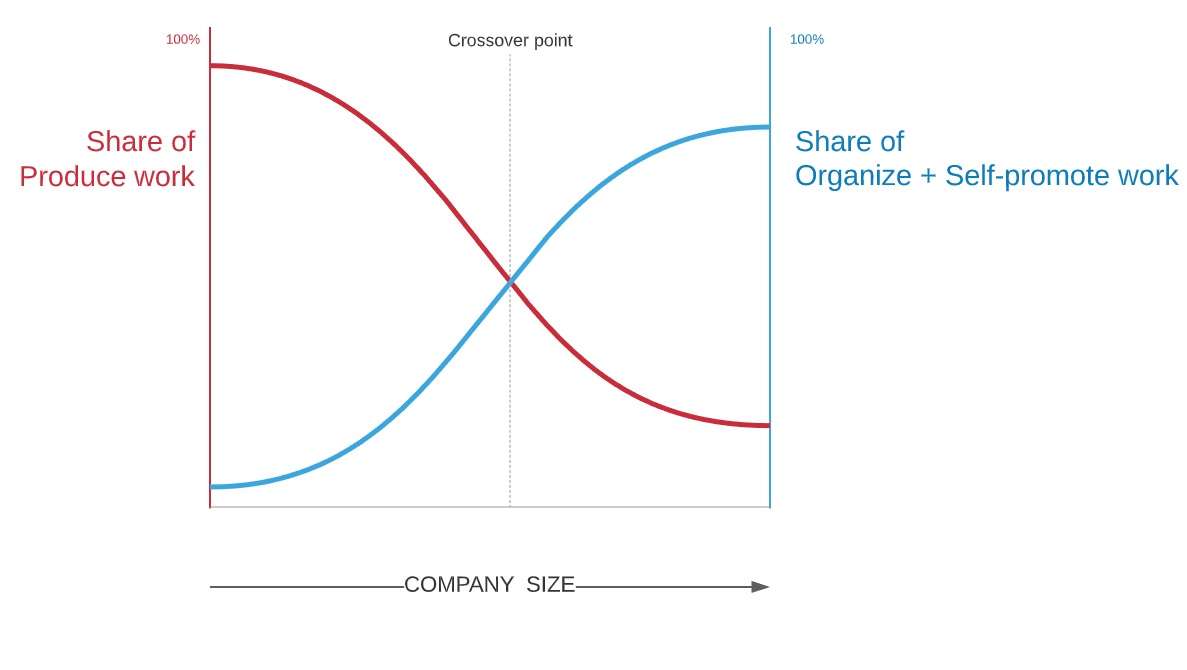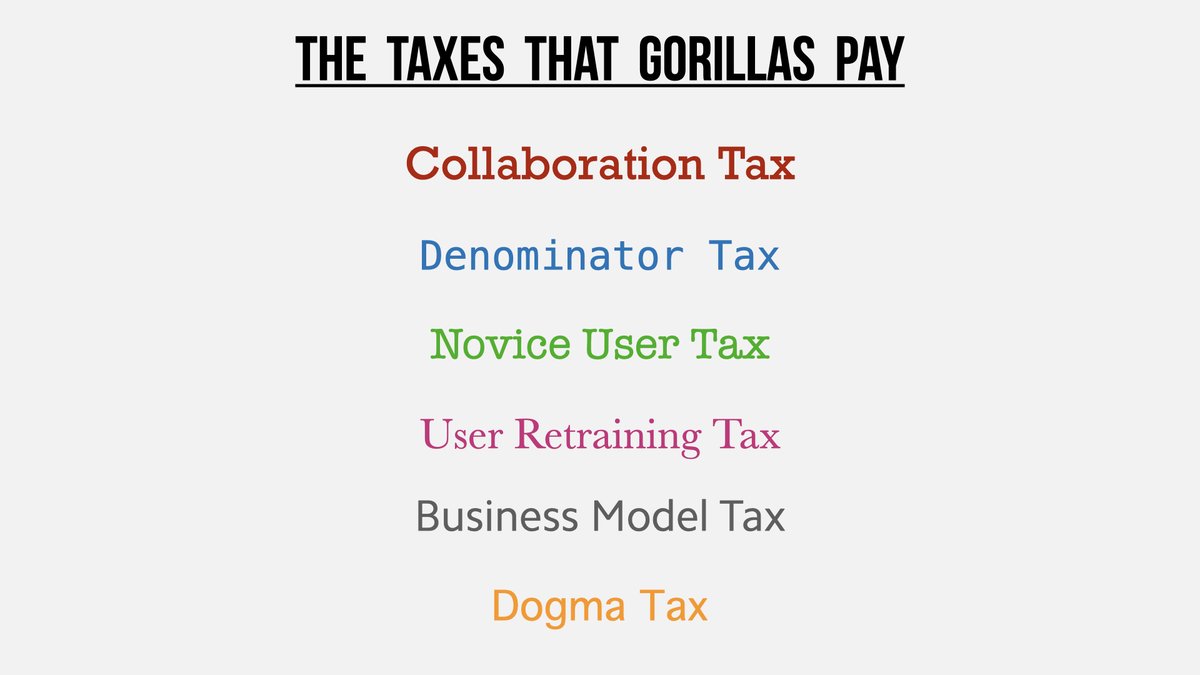
This is well said.
Exceptional product people understand it and use it in their work.
Exceptional product people understand it and use it in their work.
https://twitter.com/anshublog/status/1334284163768221696
Also +1 this framing
https://twitter.com/carnage4life/status/1334487097583882241
Relevant framework (with examples, including Amazon, Netflix, YouTube)
https://twitter.com/shreyas/status/1326795347105116161
Related product principle:
https://twitter.com/shreyas/status/1313539334314754049
Good PMs / Great PMs on product vs. the customer experience
https://twitter.com/shreyas/status/1249039984071344128
• • •
Missing some Tweet in this thread? You can try to
force a refresh




